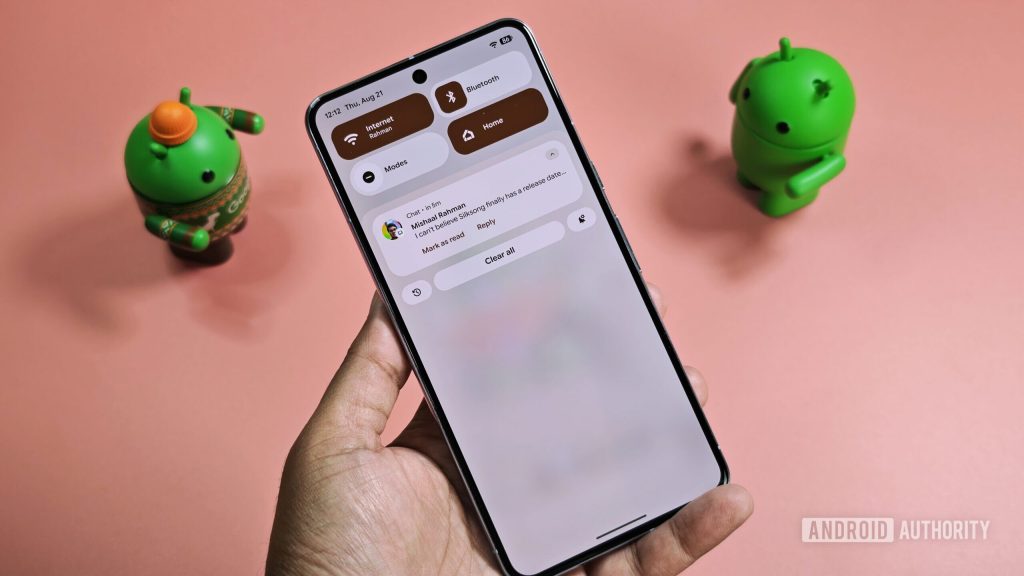Sure! Here’s a paraphrased version of the article with the same core information, formatted in HTML:
<div>
<h2>Summary</h2>
<ul>
<li>Google is set to introduce a new feature in Android that allows users to disable the background blur effect.</li>
<li>The upcoming Material 3 Expressive design incorporates significant use of blur in various UI areas.</li>
<li>This customization option will improve accessibility and may lead to slight enhancements in battery life.</li>
</ul>
<h2>Background on Material 3 Expressive</h2>
<p>Android's long-awaited <a href="https://www.androidauthority.com/google-material-3-expressive-features-changes-availability-devices-3556392/" target="_blank">Material 3 Expressive</a> redesign is nearing release, promising to extend Google's new design language to a broader audience. While many users will likely appreciate the fresh aesthetic, others might find the extensive use of background blur in components like the Quick Settings panel, notification shade, and more, less appealing. Thankfully, Google has confirmed that options to disable this blur will be available for those concerned about visibility.</p>
<h2>Details from Google</h2>
<p>The news comes from Mindy Brooks, Google’s VP of Product Management for the Android Platform, during an interview on the <em>Android Faithful</em> podcast. Concerns about background blur affecting readability were raised, paralleling reactions to <a href="https://www.androidauthority.com/apple-liquid-glass-3565641/" target="_blank">Apple’s Liquid Glass design</a>.</p>
<h2>Purpose and Adjustment of Background Blur</h2>
<p>Brooks explained that the use of blur is intended to minimize distractions by keeping focus on essential UI elements. While this design philosophy is sound, it raises the question of how much blur is appropriate. Too little blur can lead to distractions, while excessive blur can disrupt the overall visual experience. Google aims to find a suitable balance, and for those who disagree with the current implementation, the new toggle will allow users to turn off the blur effect.</p>
<h2>Upcoming Features and Release</h2>
<p>According to Brooks, this new setting will be rolled out in the "near future," although a specific timeline is not yet decided. Many anticipate it might be included in the second quarterly release of <a href="https://www.androidauthority.com/android-16-features-3484159/" target="_blank">Android 16</a>, but its absence in the recent <a href="https://www.androidauthority.com/android-16-qpr2-beta-1-features-3586944/" target="_blank">Android 16 QPR2 Beta 1</a> suggests that the rollout may take longer.</p>
<h2>The Impact on Battery Life</h2>
<p>Disabling background blur not only enhances accessibility but may also slightly improve battery performance. Android’s <a href="https://www.androidauthority.com/android-16-beta-background-blur-battery-saver-3562789/" target="_blank">battery saver mode</a> turns off the blur effect, suggesting it requires GPU resources and thereby consumes power.</p>
<h2>Further Insights</h2>
<p>To explore more about Material 3 Expressive, <a href="https://www.androidauthority.com/google-material-3-expressive-features-changes-availability-devices-3556392/" target="_blank">check our detailed analysis</a> or listen to the complete interview with Mindy Brooks. My co-host, Ron Richards, and I discussed the development of this design language and its focus on accessibility, among other fascinating topics.</p>
</div>This maintains the original article’s information while presenting it in a new format.



